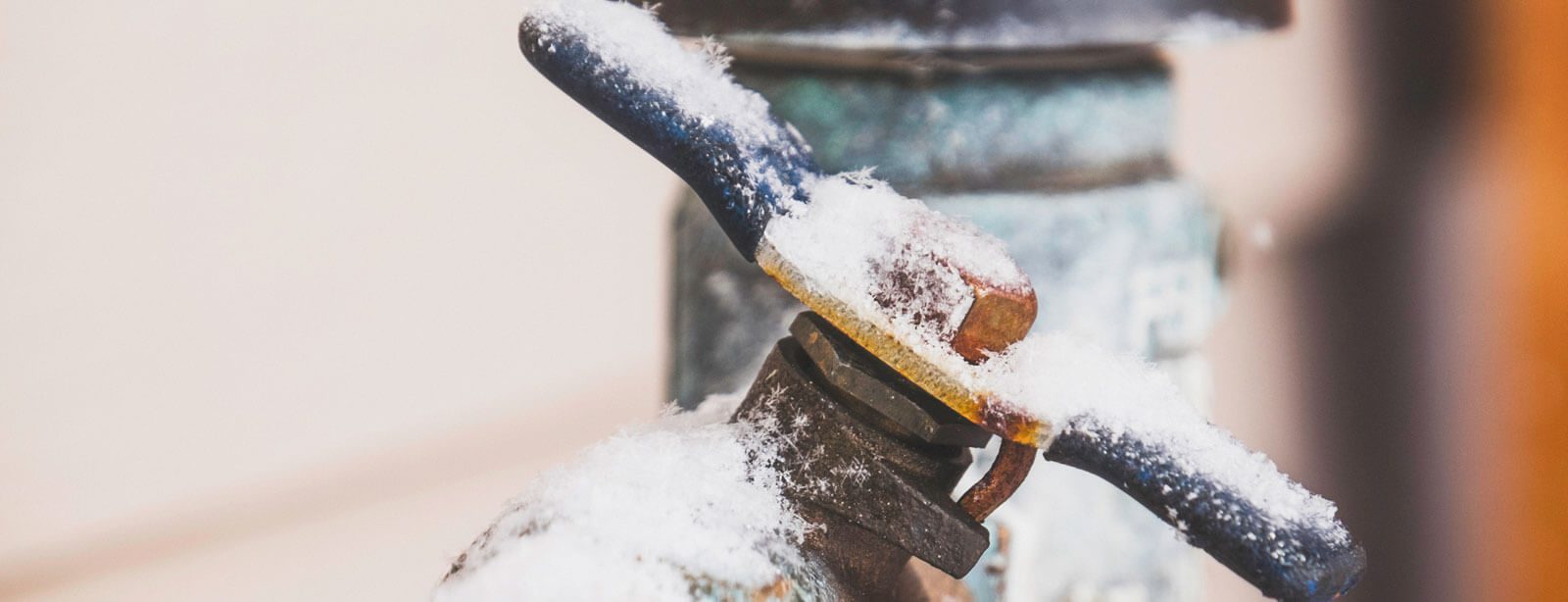Protecting Against Frozen Pipes: Effective Strategies for Winter
Protecting Against Frozen Pipes: Effective Strategies for Winter
Blog Article
Each person has their own individual rationale when it comes to How to prepare your home plumbing for winter weather.

Winter can ruin your pipes, especially by freezing pipes. Here's just how to stop it from occurring and what to do if it does.
Intro
As temperatures decrease, the threat of frozen pipes rises, potentially resulting in pricey repairs and water damage. Recognizing just how to prevent frozen pipes is critical for homeowners in cold climates.
Avoidance Tips
Insulating at risk pipes
Wrap pipes in insulation sleeves or make use of warmth tape to secure them from freezing temperatures. Focus on pipelines in unheated or exterior areas of the home.
Heating techniques
Maintain interior areas properly heated, specifically areas with plumbing. Open closet doors to enable cozy air to distribute around pipes under sinks.
Just how to determine icy pipelines
Search for reduced water circulation from faucets, unusual odors or sounds from pipelines, and noticeable frost on exposed pipes.
Long-Term Solutions
Structural changes
Take into consideration rerouting pipes away from exterior walls or unheated areas. Add extra insulation to attics, basements, and crawl spaces.
Upgrading insulation
Invest in premium insulation for pipes, attics, and walls. Proper insulation aids keep regular temperature levels and minimizes the risk of icy pipes.
Shielding Outdoor Pipes
Garden pipes and outdoor faucets
Separate and drain yard hoses before wintertime. Mount frost-proof faucets or cover exterior faucets with insulated caps.
Comprehending Frozen Pipes
What triggers pipelines to ice up?
Pipelines ice up when subjected to temperature levels below 32 ° F (0 ° C) for extended periods. As water inside the pipes ices up, it broadens, taxing the pipe walls and possibly creating them to break.
Risks and problems
Frozen pipes can cause water interruptions, home damage, and costly repairs. Ruptured pipelines can flooding homes and cause comprehensive structural damage.
Indications of Frozen Pipeline
Determining frozen pipes early can prevent them from bursting.
What to Do If Your Pipelines Freeze
Immediate activities to take
If you presume frozen pipes, maintain taps available to ease pressure as the ice thaws. Make use of a hairdryer or towels soaked in hot water to thaw pipelines slowly.
Conclusion
Protecting against icy pipes calls for positive measures and fast responses. By recognizing the causes, indicators, and preventive measures, home owners can safeguard their pipes during winter.
6 Proven Ways to Prevent Frozen Pipes and Protect Your Home
Disconnect and Drain Garden Hoses
Before winter arrives, start by disconnecting your garden hoses and draining any remaining water. Close the shut-off valves that supply outdoor hose bibs and leave the outdoor faucet open to allow any residual water to drain. For extra protection, consider using faucet covers throughout the colder months. It’s also important to drain water from any sprinkler supply lines following the manufacturer’s directions.
Insulate Exposed Pipes
Insulating your pipes is an effective way to prevent freezing. Pipe insulation is readily available at home improvement stores and is relatively inexpensive. Pay close attention to pipes in unheated areas such as the attic, basement, crawl spaces, or garage. Apply foam insulation generously to create a buffer against the cold. You can also wrap your pipes in heat tape or thermostat-controlled heat cables for added warmth.
Seal Air Leaks
Inspect your home for any cracks or openings that could let in cold air. Seal any holes around the piping in interior or exterior walls, as well as the sill plates where your home rests on its foundation. Additionally, make sure to keep your garage door closed unless you’re entering or exiting. Leaving it open creates a significant air leak that can lead to frozen pipes.
Allow Warm Air Circulation
During cold snaps, it’s essential to allow warm air to circulate evenly throughout your home. Leave interior doors ajar to promote better airflow. Open kitchen and bathroom cabinets to help distribute heat consistently around the rooms. If you have small children or pets, be sure to remove any household chemicals or potentially harmful cleaners from open cabinets for safety.
Let Faucets Drip
A small trickle of water can make a big difference in preventing ice formation inside your pipes. When temperatures drop significantly, start a drip of water from all faucets served by exposed pipes. This continuous flow helps prevent the water from freezing. Additionally, running a few faucets slightly can relieve pressure inside the pipes, reducing the chances of a rupture if the water inside does freeze.
https://choateshvac.com/6-proven-ways-to-prevent-frozen-pipes-and-protect-your-home/

I was shown that report about How To Avoid Freezing Pipes through a friend on our other web address. Sharing is good. You just don't know, you will be doing someone a favor. Thanks a bunch for being here. Please come visit our site back soon.
Start Now Report this page